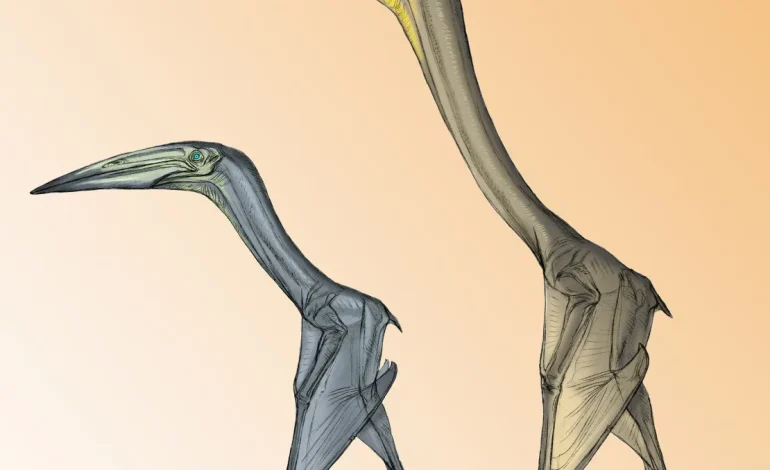A new study, published in the journal “Nature”, sheds light on the flight strategies of pterosaurs, ancient flying reptiles that soared through the skies millions of years ago, CNN reports.
The research, led by Dr. Michael Habib, a paleontologist at the University of Southern California, and Dr. Mark Witton, a paleontologist at the University of Portsmouth, suggests that pterosaurs combined flapping flight with soaring to maximize their aerial efficiency.
The study, based on analysis of fossil remains and biomechanical modeling, revealed that pterosaurs, despite their massive wingspans (some reaching up to 36 feet), were remarkably efficient fliers. The research team utilized computer simulations to model the flight dynamics of various pterosaur species, including the Quetzalcoatlus northropi, one of the largest known flying animals.
“We found that pterosaurs were not just gliding giants,” said Dr. Habib. “They were capable of sustained flapping flight, allowing them to take off from the ground and maneuver with agility.”
The study also showed that pterosaurs could use their wings for both flapping and soaring, combining these flight styles to optimize their energy expenditure. This approach enabled them to cover vast distances while conserving energy, allowing them to exploit resources across diverse landscapes.
“Their wing structure was very different from that of birds,” said Dr. Witton. “Pterosaurs had a very flexible wing membrane, which allowed them to adjust their wing shape for different flight styles. This adaptability made them incredibly versatile fliers.”
The research team’s findings provide a new perspective on the flight capabilities of pterosaurs, challenging previous assumptions that they were primarily gliding creatures.
“This study demonstrates that pterosaurs were sophisticated fliers, utilizing a combination of flight styles to exploit their environment,” said Dr. Habib. “Their aerial prowess was truly remarkable.”









